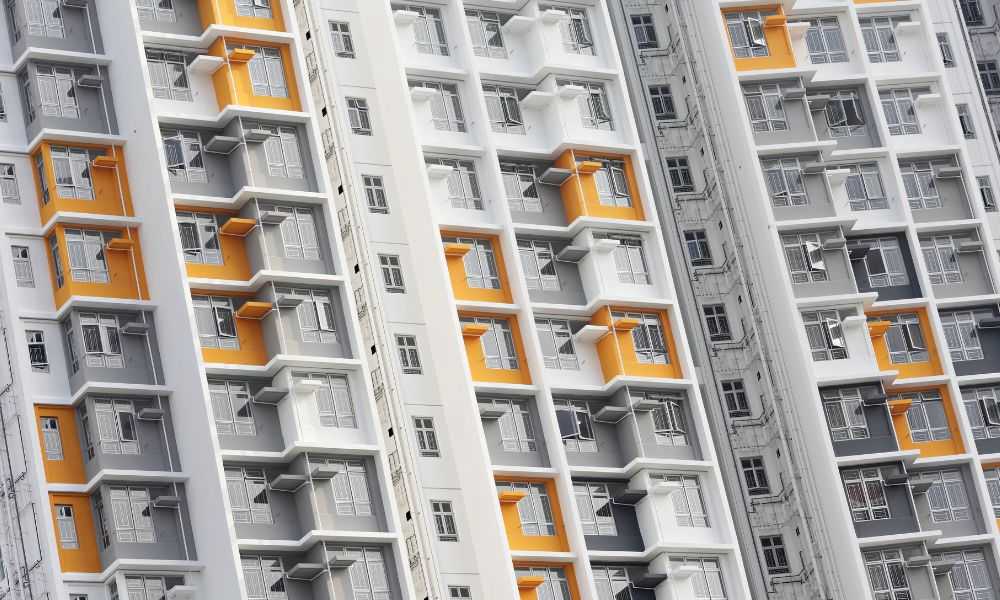Adaptive Reuse: Transforming Commercial Properties into Residential Spaces
The real estate landscape is witnessing a paradigm shift as developers and investors turn their attention to adaptive reuse projects. This innovative approach involves repurposing existing commercial buildings into residential spaces, breathing new life into underutilized structures and addressing housing shortages in urban areas. With changing work patterns and a growing demand for unique living spaces, adaptive reuse has emerged as a sustainable and profitable solution in the real estate market.

The Rise of Adaptive Reuse in Real Estate
Adaptive reuse is not a new concept, but its popularity has surged in recent years. The practice dates back to the 1960s when artists began converting industrial lofts in New York City into living spaces. However, the current wave of adaptive reuse is driven by a combination of factors, including changing work patterns, urban population growth, and a focus on sustainability.
The COVID-19 pandemic accelerated this trend, as remote work became more prevalent and demand for office space declined. Developers and investors saw an opportunity to repurpose vacant or underutilized commercial properties into much-needed housing. This shift has been particularly pronounced in cities with high real estate costs and limited land for new construction.
Financial Incentives and Market Dynamics
From a financial perspective, adaptive reuse projects can be highly attractive to investors. While these projects often require significant upfront costs for renovation and conversion, they typically offer higher returns on investment compared to new construction. This is due to several factors, including lower land acquisition costs, reduced construction timelines, and potential tax incentives for historic preservation.
Many cities offer financial incentives to encourage adaptive reuse projects. For example, Los Angeles implemented an Adaptive Reuse Ordinance that streamlines the permitting process and provides tax breaks for qualifying projects. These incentives, combined with the potential for premium rents in unique, character-filled spaces, make adaptive reuse an appealing option for real estate investors.
Challenges and Considerations in Adaptive Reuse
While adaptive reuse presents numerous opportunities, it also comes with unique challenges. One of the primary hurdles is navigating zoning regulations and building codes, which may not be designed for residential use in commercial areas. Developers often need to work closely with local authorities to obtain necessary permits and variances.
Another significant consideration is the structural integrity of the existing building. Many older commercial properties require extensive renovations to meet modern residential standards, including upgrades to electrical systems, plumbing, and HVAC. These renovations can be costly and may uncover unforeseen issues during the construction process.
Acoustics and natural light are also crucial factors in converting commercial spaces to residential use. Office buildings, for instance, often have deep floor plates that can make it challenging to create well-lit living spaces. Creative design solutions, such as light wells or atriums, may be necessary to address these issues.
Environmental and Social Benefits
Adaptive reuse aligns well with growing environmental concerns in the real estate industry. By repurposing existing structures, these projects significantly reduce the carbon footprint associated with new construction. Studies have shown that adaptive reuse can reduce construction waste by up to 80% compared to demolition and new building.
Moreover, adaptive reuse projects often contribute to urban revitalization efforts. By bringing new life to underutilized buildings, these developments can spark economic activity in surrounding areas and create vibrant, mixed-use neighborhoods. This aspect is particularly appealing to younger generations who value walkable, amenity-rich urban environments.
Case Studies and Success Stories
Numerous successful adaptive reuse projects have demonstrated the potential of this approach. In Chicago, the Old Post Office building, vacant for two decades, was transformed into a mixed-use development featuring residential units, office space, and retail. The project not only preserved a historic landmark but also catalyzed economic growth in the surrounding area.
Another notable example is the conversion of the Battersea Power Station in London. This iconic industrial building has been repurposed into a vibrant residential and commercial complex, breathing new life into a long-abandoned structure and creating a new destination within the city.
These success stories highlight the transformative power of adaptive reuse in urban development and real estate investment. As the trend continues to gain momentum, it is likely to play an increasingly important role in shaping the future of our cities and addressing housing needs in innovative ways.





